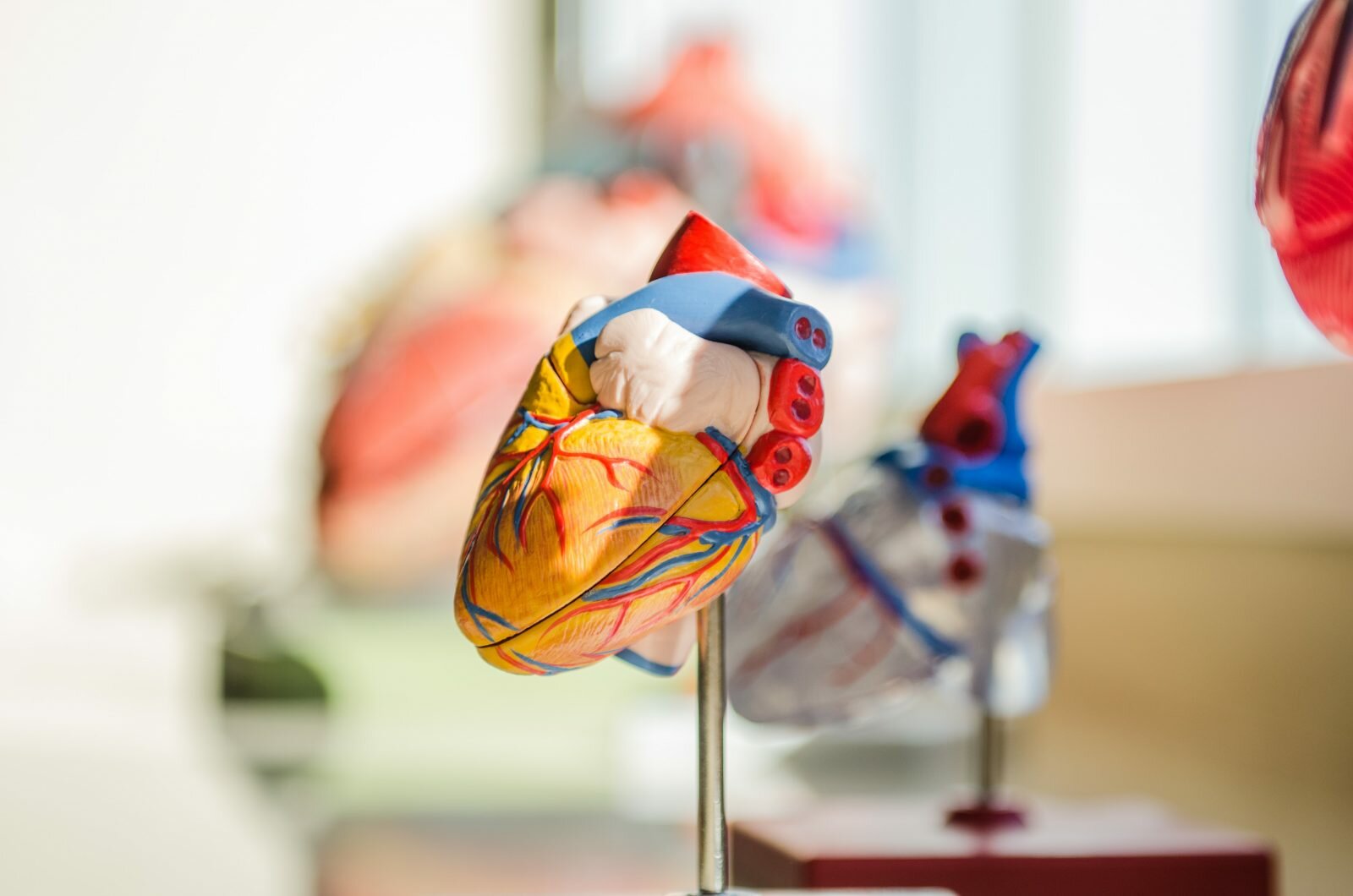Rare life-threatening diseases come with hefty treatment fees — if at all the condition can be treated. In fact, only 5 percent of known rare diseases (defined as affecting fewer than one in 2,000 people) even have an effective treatment option. Managed by the KK Women’s and Children’s Hospital (KKH) Health Fund, and with the support of the Ministry of Health, the Rare Disease Fund (RDF) provides funding support to help ease the financial burden and stress on patients and their families. Here’s a quick primer on what you need to know
What is a rare disease? Rare diseases are conditions that affect fewer than one in 2,000 people. There are an estimated 7,000 rare diseases worldwide. About 80 percent are genetic in origin and will afflict a patient for life. In half of all cases, symptoms present themselves by early childhood; and the hard truth is that 30 percent will die before their fifth birthday.
Treatments are even rarer Without treatment, most conditions can be life-threatening. Even then, only 5 percent of rare diseases have effective treatments (such as medicines that replace missing enzymes or biochemicals). In such cases, patients on long-term medication have substantially longer life expectancies and enjoy improved quality of life.
The stats in Singapore Some 2,000 to 3,000 people are estimated to have a rare disease here, among them are approximately 700 children. Medicines that need to be taken for life can cost anywhere from $200,000 to even upwards of $500,000 each year.
RDF’s first four: BGHP At present, RDF covers six medications used to treat four rare ailments: Bile acid synthesis disorder, which leads to toxic bile acids damaging the liver; Gaucher disease, a neurodegenerative condition where a fatty substance builds up and causes damage to organs; hyperphenylalaninaemia (due to tetrahydrobiopterin deficiency); and neuromuscular disorder Pompe disease.
Why donate generously? With more funds raised, the RDF will be able to expand its coverage to include medications for other rare conditions (remember there are more than 7,000 of them). And with the Singapore Government matching $3 to every dollar of public donation, whatever you give makes a quadruple impact. Donate at Giving.sg.
If you need RDF assistance Singapore citizens who are being treated for rare diseases with medications covered by the RDF at any Public Healthcare Institution can apply for support through the medical social workers. Applications are reviewed case-by-case and take into consideration the financial means of the family.
Still need another reason to donate? Subscribe to print copies of A Magazine and in your name every single subscription dollar will be channelled to the Rare Disease Fund. It is a charitable donation with a gift of good reads in return.
